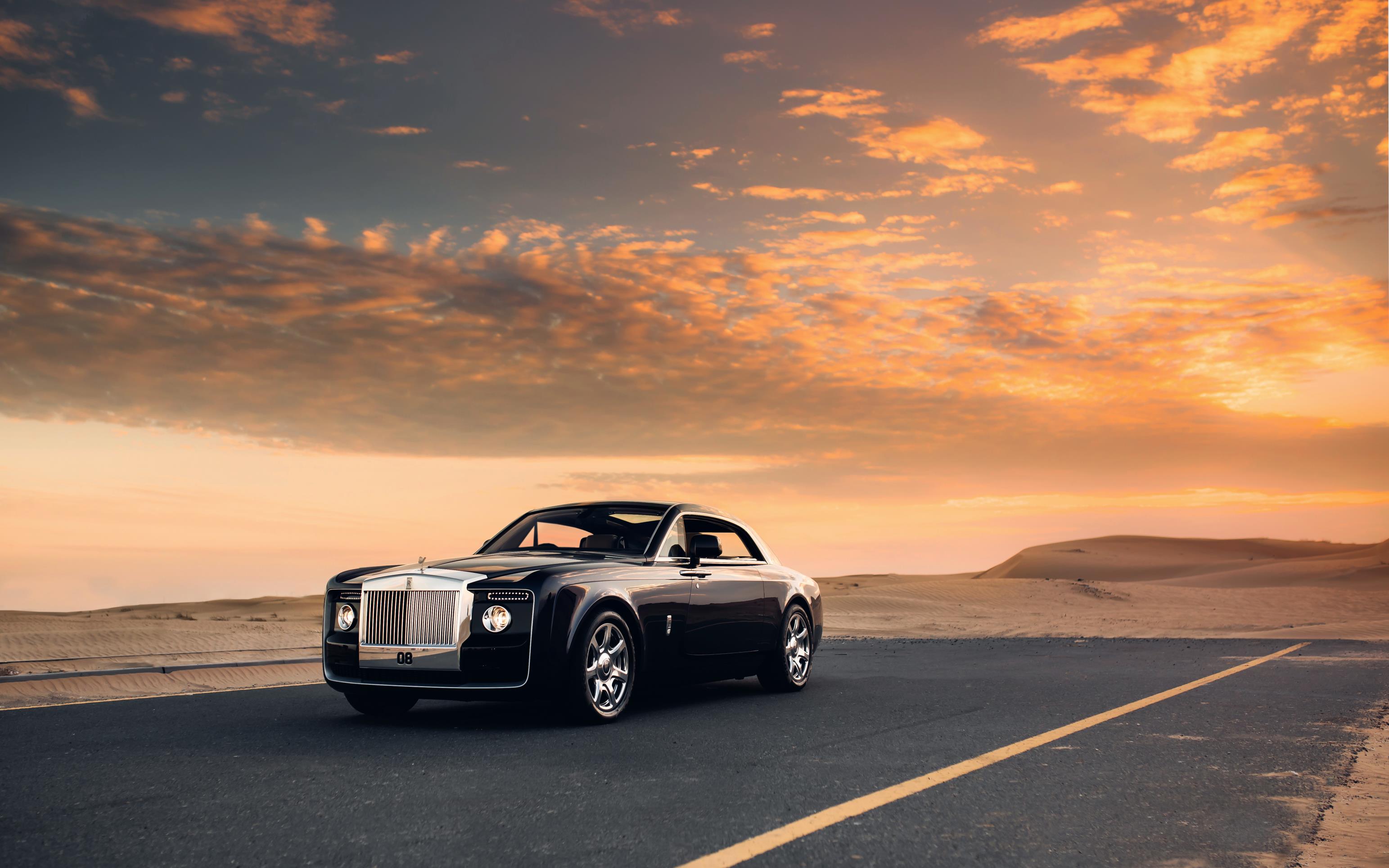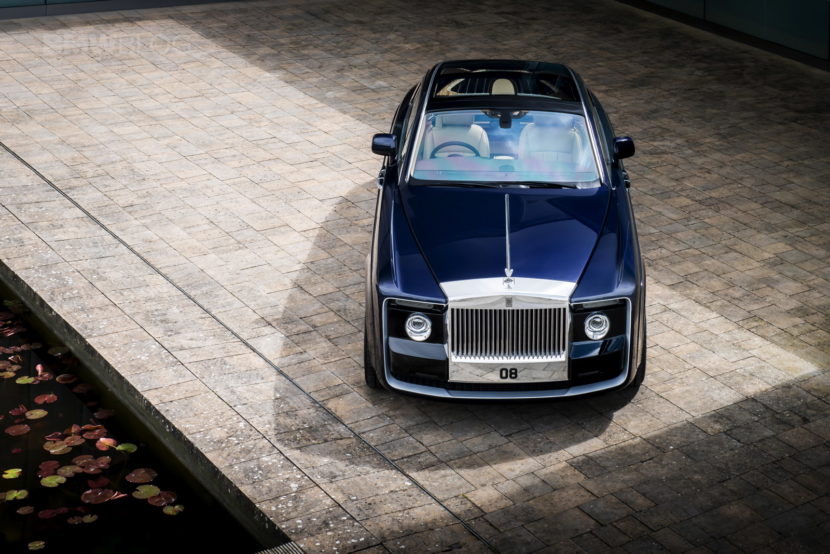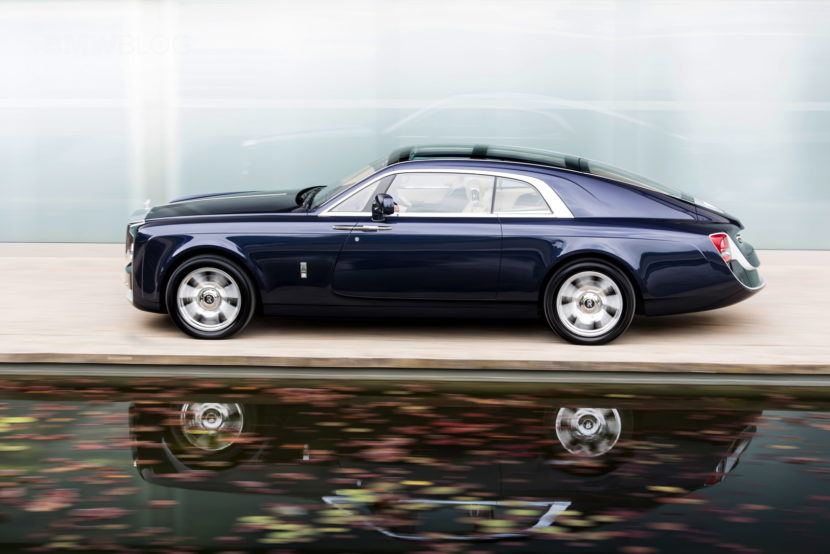Ever since the Rolls-Royce Sweptail was unveiled, the automotive world wondered whether coachbuilt cars are making a comeback. The Sweptail was and still is a special model because it is truly unique. The car was built according to the specifications laid out by the customer and the design/engineering team. And the best part: there’s no other like it in the world. What was once a rather common occurrence, namely seeing cars made by various coachbuilders around the world, is now slowly entering limelight once again.
Coachbuilding used the be the way the first cars were made. That was because the first automobiles were nothing more than horseless carriages. And who better to make the bodies for them other than the people who used to make carriages or ‘coaches’ in the first place? Therefore, back in the late 19th century and early 20th, the cars you saw on the road were often made on demand. That was until the Ford Model T came out. The mass production phenomenon wiped coachbuilders off the map and today they are almost extinct.
Sure, we can revel in the fact that we can configure our car to our own liking. And in the case of Rolls-Royce, the amount of customization you can do is mind-bending. However, at the end of the day, you’re still driving a production car. That will no longer be an issue, if you have enough money. After the Sweptail was unveiled, Rolls-Royce’s CEO wasn’t shy to admit that the company is thinking about offering the same possibility to other customers as well, hinting at a serious demand already piling up.
Well, today it became official: “We have formally re-established our Coachbuild department for those patrons who wish to go beyond the existing restraints, and explore the almost limitless possibilities this opens up for them. We are able to offer our customers the opportunity to create a motor car in which every single element is hand-built to their precise individual requirements, as befits our status as a true luxury house.”
This new, bold move is apparently possible thanks to the modular new architecture used to underpin the Rolls-Royce Phantom today. According to the company, the Architecture of Luxury creates four fixed points at each corner of the motor car. The distance between them can be whatever the designers and engineers want it to be: bulkhead, floor, crossmember and sill panels can all be stretched or shrunk or increased in height according to the product.
The concept has proved successful, forming the basis for the Cullinan SUV launched in 2019, and in 2020, the new Ghost. Crucially, this flexibility opens up new possibilities for coachbuilding. By moving away from monocoque construction to something closer to a traditional rolling chassis, Rolls-Royce has reacquired the freedom to construct almost any body shape its patrons can imagine, constrained only by fundamental design and engineering requirements. This means that Rolls-Royce and its patrons can now look beyond Bespoke and build the car itself, to commission.
Stay tuned this week for more news on special Rolls-Royce models!







































































